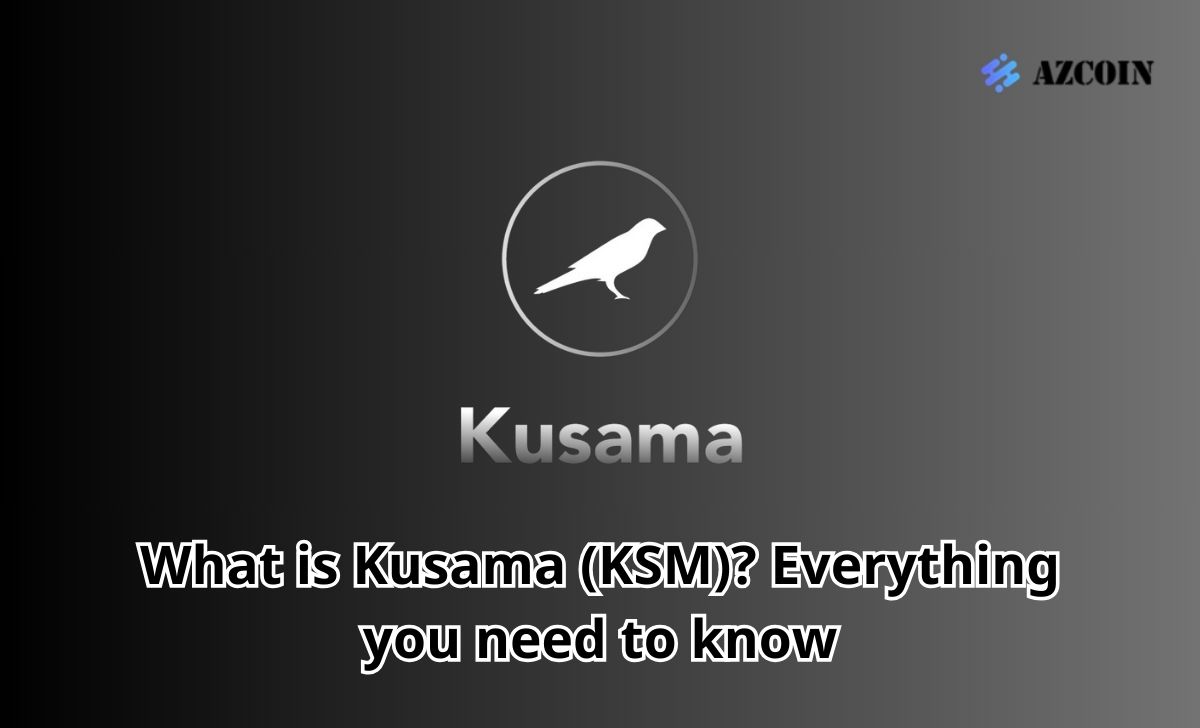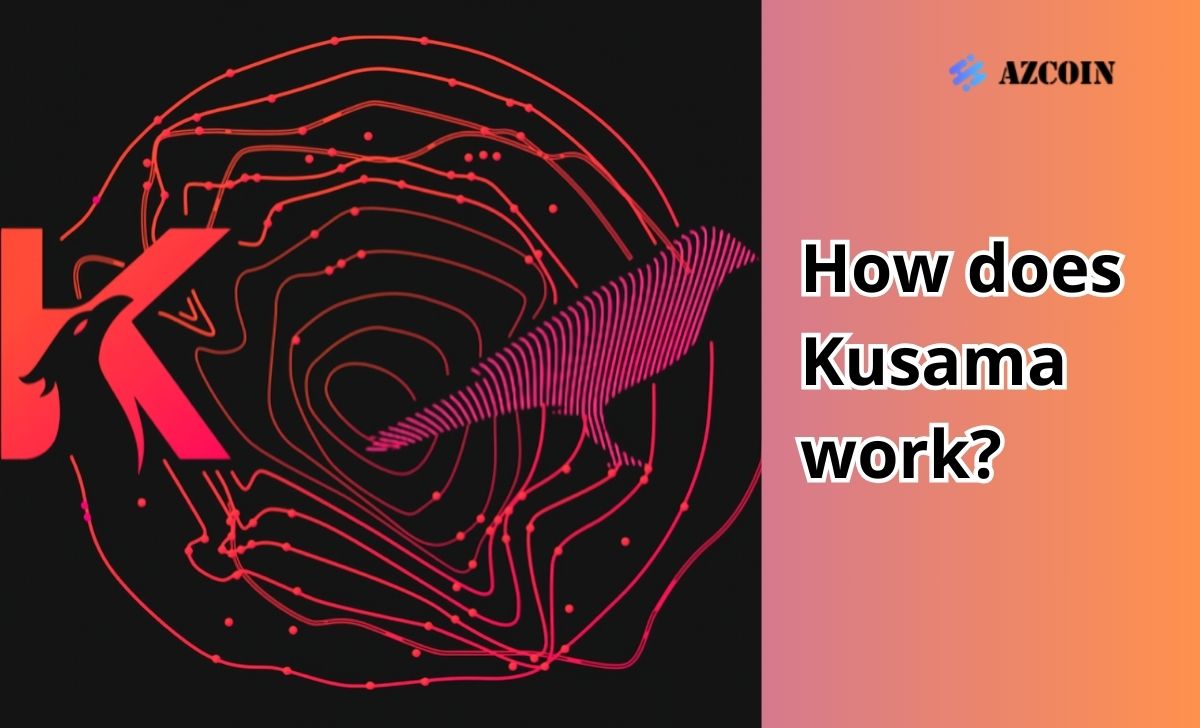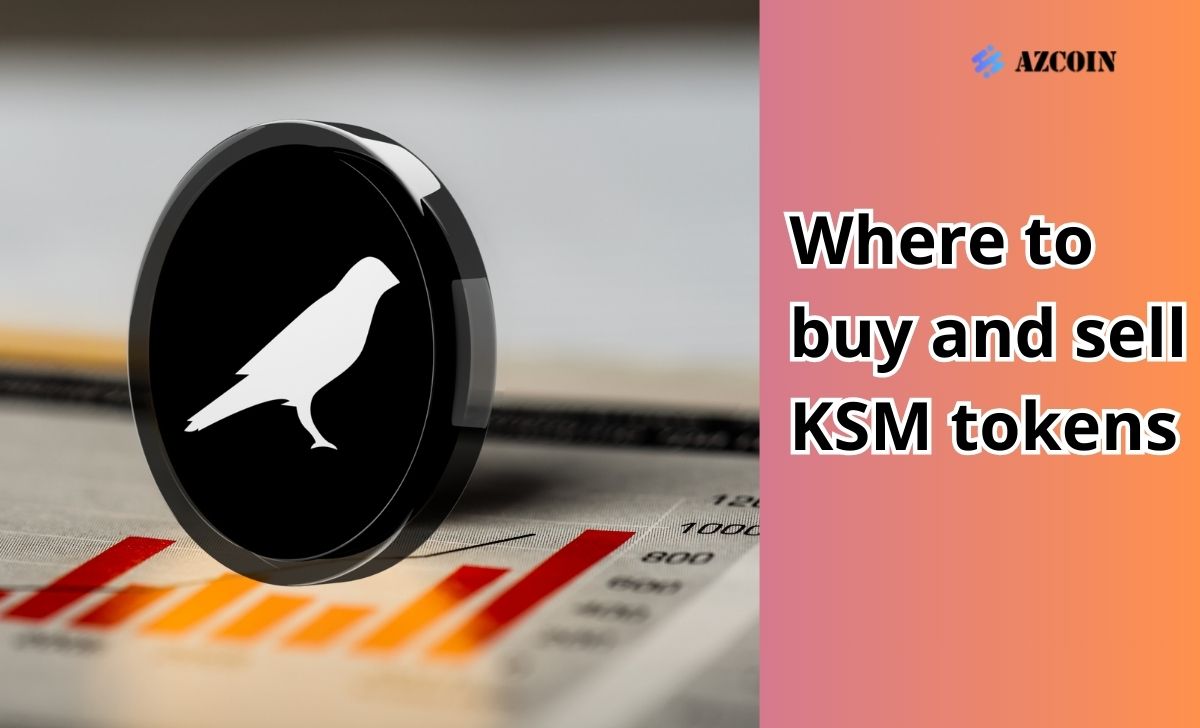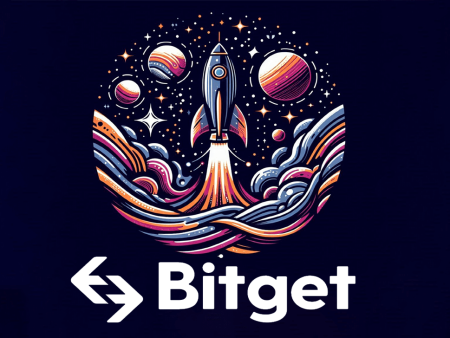Kusama (KSM) has emerged as a notable project in the diverse blockchain space. As an experimental network for Polkadot, Kusama contributes to the development of both ecosystems.
In this article, AZCoin will help you better understand Kusama, how it works and why it has attracted the attention of many investors and developers.
What is Kusama (KSM)?

Kusama (KSM) is a Polkadot test network, designed to provide a similar environment but with faster development speed and less restrictions. It allows project developers to test new technologies and features of Polkadot in a real-world environment before deploying on the main network.
Kusama Highlights
Kusama stands out with some characteristics such as:
- Cost savings: Launching blockchain projects on Kusama requires very low costs, it is even possible to deploy projects with insufficient capital.
- Super-Speed Loop: Thanks to advanced management processes, developers can make transactions on Kusama quickly.
- Modern technology: Kusama is built on a platform that has the protection of many previous generations of blockchain, allowing for the use of new and advanced features before applying on Polkadot .
- Open Governance: The community involved in managing Kusama is primarily the members of the project s board of directors. They supervise and manage the project, ensuring that all participants’ decisions are respected.
- Strong Community Engagement: Developers can leverage Polkadot’s global brand to draw public attention to its products such as Parachains, dApps, and Parathreads.
- Valuable Experience: The development team should start building and growing the brand and user community on Kusama before deploying on Polkadot, providing a solid foundation for a later launch.
How does Kusama work?

The Kusama network allows for the creation of two types of blockchains:
- Relay Chain: This is Kusama’s main blockchain where transactions are completed. To increase speed, Relay Chain separates the addition of new transactions from the validation of transactions.
- Parachains: These are custom blockchains that use Relay Chain’s computational resources to validate the accuracy of transactions.
On Relay Chain, Kusama uses a variant of the proof-of-stake (PoS) consensus mechanism known as proof-of-stake nomination (NPoS) to maintain the unified state of the system.
The system allows users to stake KSM by locking cryptocurrency in a special contract to perform one or more roles necessary for the network’s operation:
- Validators: Validate data in Parachains blocks, participate in the consensus process and vote on proposed changes to the network.
- Nominators: Secure Relay Chain by selecting trusted validators, authorizing their staked KSM tokens to validators and allocating votes to them.
Users who stake KSM and perform these roles are also eligible to receive KSM rewards.
Difference Between Kusama (KSM) and Polkadot (DOT)
Kusama is a platform that allows developers to test projects prior to official deployment on Polkadot. In addition, Kusama and Polkadot have important differences:
- Management system processing speed: Kusama took only a week to vote through the proposal and 8 days to implement the proposed projects. Meanwhile, Polkadot took a month to perform similar tasks.
- Requirements to become a Validator: Becoming a Validator on the Kusama platform is much easier than Polkadot.
KSM token basic information

KSM token key metric
- Token Name: Kusama
- Ticker: KSM
- Blockchain: Polkadot
- Token Type: Utility and Governance
- Circulating Supply: 8,980,098 KSM
- Total Supply: 10,000,000 KSM
KSM token allocation
100% of the project s tokens will be distributed to:
- DOT token holder
- Validator (validator of transactions in the network)
KSM token use case
Kusama uses KSM tokens for activities within the network, specifically:
- Governance: KSM token is a means for users to participate in Kusama’s governance model.
- Staking: Users can stake KSM tokens into the system to receive rewards.
- Transaction fees: KSM tokens are used to pay transaction fees in the system.
Where to buy and sell KSM tokens

Users can trade KSM tokens on many of the best cryptocurrency exchanges, such as Binance, Kraken, Huobi, Coinbase Pro, KuCoin, FTX, Gate.io and Bitfinex. This makes it easy for users to access and trade KSM, thereby promoting the development of the network.
Where to store KSM tokens?
KSM tokens can be stored in a variety of wallets. Cold wallets such as Ledger Nano S and Trezor provide a high level of security, while hot wallets such as MetaMask, Trust Wallet and Atomic Wallet provide user convenience.
Kusama Development Team and Partners
Development Team
Kusama was founded in 2019 by Gavin Wood, who was the co-founder and former CTO of Ethereum. After leaving Ethereum, he founded Polkadot, Kusama, Ethereum, Parity, Web3 Foundation along with several other former Ethereum members.
In addition, Gavin Wood has served as an advisor to projects such as GridSingularity, Blockchain Capital, Scytale Capital, Blockchange Capital and Polychain Capital.
Partner
Currently, Kusama attracts the interest of many major partners such as Polkadot, Chainlink, ChainX, Web3 Foundation, Edgeware and other partners.
Conclusion
The above is the detailed information about the Kusama (KSM) mad AZcoin project just introduced to you. Hope this article has helped you have an overview and can make the right decision before investing in this project!

I am Louis Dang, living in Ottawa, Canada. I am currently working as a trader for AZCoin company, with 7 years of experience in the cryptocurrency market, I hope to bring you useful information and knowledge about virtual currency investment.











